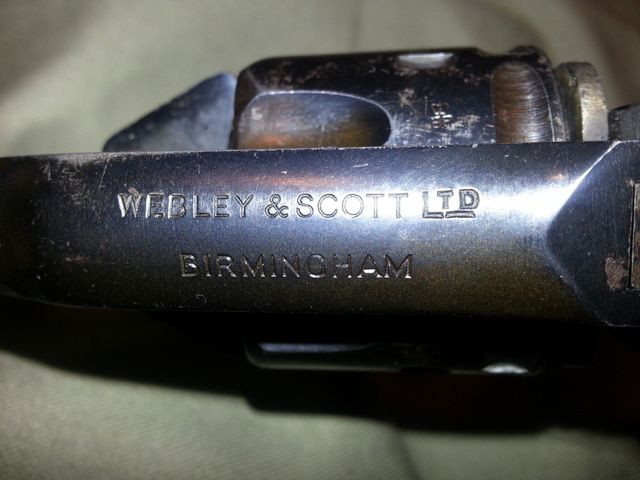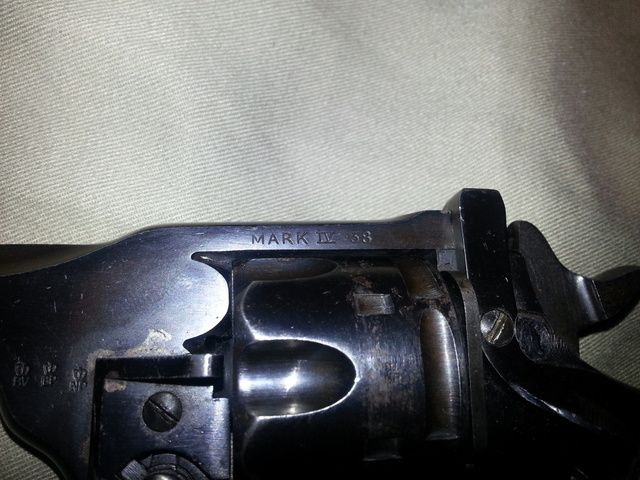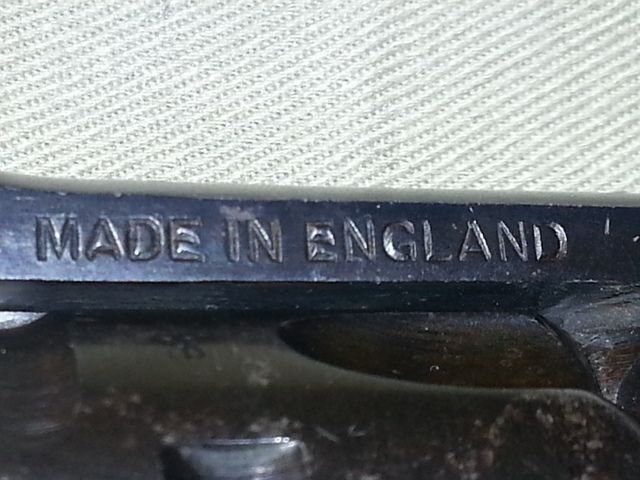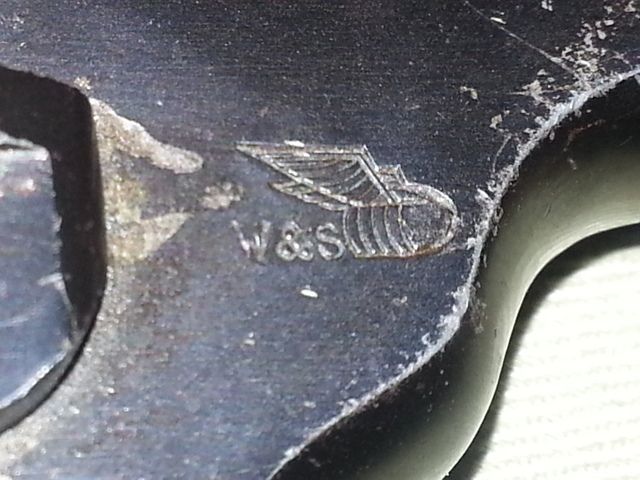New to me Webley! (Correction: Enfield Revolver!)
Hi guys, I recently acquired what I believe is a Webley Revolver in .38 S&W. I've given it a thorough once over and it seemed safe to fire, so I ran a box of ammo through it. Had a lot of fun.
I'm interested in the history of this little gun, but I'm having a little trouble finding much information on it. If anyone here can direct me to a resource I can use to research and maybe more accurately identify my Webley, I would be very appreciative. Thanks guys!
Hi guys, I recently acquired what I believe is a Webley Revolver in .38 S&W. I've given it a thorough once over and it seemed safe to fire, so I ran a box of ammo through it. Had a lot of fun.
I'm interested in the history of this little gun, but I'm having a little trouble finding much information on it. If anyone here can direct me to a resource I can use to research and maybe more accurately identify my Webley, I would be very appreciative. Thanks guys!
Last edited:





